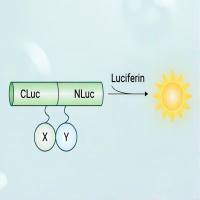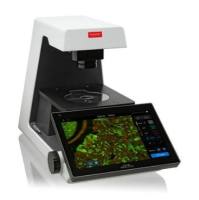Construction and Characterization of Minibodies for Imaging and Therapy of Colorectal Carcinomas
互联网
1237
Engineering of antibodies specific for tumor-associated antigens provides great flexibility in improving their properties for eventual use in the clinic, for the detection of cancer, or as a therapeutic. In some instances, murine monoclonal antibodies (MAbs) have been identified with innate biological anti-tumor activity. Production of chimeric or humanized (CDR-grafted) antibodies lowers the immunogenicity of murine MAbs, a necessary modification if repeat administration is desired (1 ,2 ). Chimerization or humanization can also increase the ability of murine MAbs to interact with the human immune system. The anti-lymphoma and anti-breast cancer antibodies Rituxan™ (Rituximab) and Herceptin™ (Trastuzumab) are robust examples of this path to a clinically useful reagent (3 ,4 ). Production of chimeric or humanized antibodies with Fc regions of a suitable subclass allows engagement of human host immune responses (complement activation, antibody-dependent cellular cytotoxity). Many anti-tumor MAbs, however, must be further “armed” in some fashion in order to be useful as therapeutics. Alternate approaches, described in detail elsewhere in this volume, include fusion of antibodies to toxins or cytotoxic proteins such as ribonuclease, production of bispecific antibodies for recruitment of effector T cells, or direct activation of T cells through chimeric T-cell receptors.











